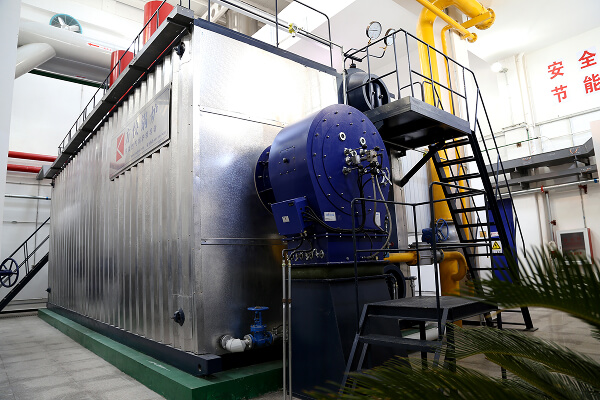Steam boilers are the backbone of countless industries, from manufacturing to energy production. As technology evolves, so do the demands for systems that balance performance, cost, and environmental responsibility. Here’s a practical look at modern steam boiler solutions and how businesses can optimize their operations.
Choosing the Right Steam Boiler Design
The debate between firetube and watertube boilers hinges on specific operational needs:
- Firetube Steam Boilers:
Best suited for smaller facilities or processes requiring moderate steam output. In these systems, hot gases flow through tubes immersed in water, generating steam. While cost-effective upfront, their larger water volume means slower startup times and higher fuel use during idle periods. - Watertube Steam Boilers:
Dominating high-demand industries, these boilers circulate water through tubes heated externally. Their compact design allows faster steam generation (as little as 5 minutes) and handles extreme pressures, making them ideal for power plants or large-scale food processing. A major advantage? Reduced water content lowers explosion risks and cuts thermal stress.
Real-World Insight: Facilities with fluctuating steam needs, like hospitals, often opt for modular watertube systems. These allow operators to activate only the units needed, slashing energy waste by up to 25%.
Fuel Options: Flexibility Drives Savings
Rising fuel costs and emissions regulations make fuel adaptability critical:
- Natural Gas: The go-to for clean operations, but supply volatility can disrupt budgets.
- Oil (#2 Fuel Oil): A reliable backup, though storage and emissions remain challenges.
- Biomass & Renewables: Emerging solutions like agricultural waste or biogas appeal to eco-conscious industries but require customized combustion setups.
Smart Strategy: Dual-fuel boilers (e.g., gas/oil hybrids) let facilities switch fuels based on price or availability. For instance, during winter gas shortages, a Massachusetts textile plant saved $12,000 monthly by temporarily switching to oil.
Hidden Efficiency Boosters
Beyond the steam boiler itself, auxiliary technologies significantly impact performance:
- Waste Heat Recovery: Economizers reuse exhaust heat to preheat incoming water, improving efficiency by 8–12%.
- Water Prep Matters: Poorly treated water scales boilers, hiking fuel use by 10–15%. Automated softening systems and deaerators prevent this, extending equipment life.
- Turndown Ratios: High turndown boilers (10:1 ratio) adjust output to match real-time demand, avoiding the inefficiency of “over-firing” during low-use periods.
Case Example: A Canadian dairy plant reduced annual CO2 emissions by 120 tons after installing an economizer and optimizing feedwater treatment.
Safety Upgrades You Can’t Ignore
Modern safety protocols go beyond basic pressure valves:
- Thermal Shock Mitigation: Sudden temperature changes crack pipes. Pre-heating feedwater to 200°F+ and using gradual startup sequences prevent this.
- Remote Monitoring: IoT sensors track anomalies like rising CO levels or pressure drops, alerting teams before failures occur.
- Low-Emission Burners: Advanced designs (e.g., FGR – Flue Gas Recirculation) cut NOx emissions below 30 ppm, meeting strict EPA standards.
The Green Shift: What’s Next for Steam?
Innovations are reshaping boiler technology:
- Hydrogen Readiness: Trials in Germany show existing gas steam boilers can handle 20% hydrogen blends, reducing reliance on fossil fuels.
- AI Optimization: Machine learning algorithms analyze historical data to predict peak demand, automatically adjusting boiler output.
- Circular Systems: Some breweries now reuse steam condensate for cleaning, cutting water use by 40%.
Final Thoughts
Selecting a steam boiler isn’t just about specs—it’s about aligning with business goals. For cost-sensitive operations, modular watertube steam boilers with dual-fuel capability offer resilience. Sustainability-focused industries should prioritize low-NOx burners and waste heat integration. As hydrogen and smart tech advance, forward-thinking upgrades today will future-proof operations tomorrow.
Get your best price
Quickly compare 3 FREE quotes
- Engineer quick quote
- The overall delivery speed is fast
- Financial choice
- Low installation costs and cost savings
25 years+ of boiler R&D
More than 20 innovative technologies

